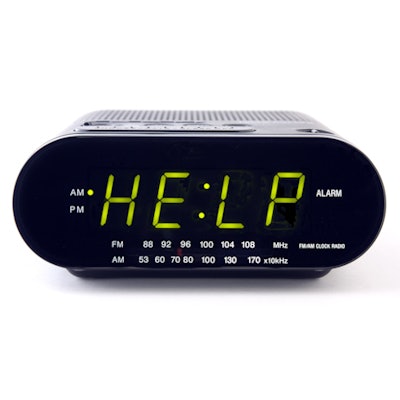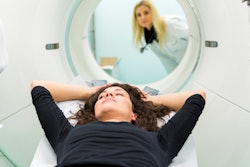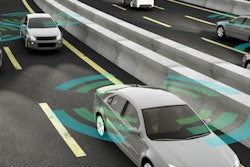
Overnight shifts and ensuing fatigue negatively affect the diagnostic performance of radiologists, with a 45% increase in time spent on cases and longer times for rendering a final diagnosis, according to a study published online January 21 in the Journal of the American College of Radiology.
 Dr. Tarek Hanna of Emory University.
Dr. Tarek Hanna of Emory University.
For the study, Hanna and colleagues included 12 radiologists -- five faculty members and seven residents -- each of whom participated in two reading sessions. One session was during the end of a normal nine-hour workday (8 a.m. to 5 p.m., which Hanna's group defined as "not fatigued"), while the other took place the morning after a nine-hour overnight shift (10 p.m. to 7 a.m., which the group defined as "fatigued").
At the beginning of each session, the radiologists completed the Swedish Occupational Fatigue Inventory (SOFI), which measures fatigue objectively and subjectively using five variables:
- Lack of energy
- Physical exertion
- Physical discomfort
- Lack of motivation
- Sleepiness
During the sessions, the radiologists interpreted 20 bone x-rays that included normal and abnormal findings. Hanna's group assessed each participant's viewing time, diagnostic confidence, and eye-tracking data (both the total number of fixations generated during the search of a particular image and dwell time on those fixations).
The SOFI results showed statistically significant worsening of all five variables after the overnight shift (p < 0.01). Overall, the study participants showed worse diagnostic performance when they were fatigued compared to when they were not, although faculty radiologists performed better in both fatigued and nonfatigued conditions than residents (this difference was not significant, however).
| Effect of fatigue on interpretation performance measures | |||
| Measure | Not fatigued | Fatigued | Percent change |
| Overall viewing time | 24.8 seconds | 35.9 seconds | +45% |
| Total fixations | 65.4 | 104.6 | +60% |
| Time to first fixate on fracture target | 11.1 seconds | 14.9 seconds | +34% |
"After [an] overnight shift, radiologists were more fatigued ... [and] demonstrated worse diagnostic performance with decreased confidence," Hanna and colleagues wrote. "It also took longer to render a positive (true or false) decision when fatigued."
The study results suggest that a fatigued radiologist takes more time to process fracture information and decide whether there is enough evidence to report the possible features detected as an actual fracture, the authors noted. The problem needs to be addressed, not only with further research but also with practical measures such as adding brighter lighting in reading rooms and encouraging radiologists to take periodic breaks and move around, especially as after-hours volume increases, they wrote.
"We believe that once fatigue-related changes in search and recognition are objectively documented, environmental changes can be introduced to reverse these effects," they concluded.



















